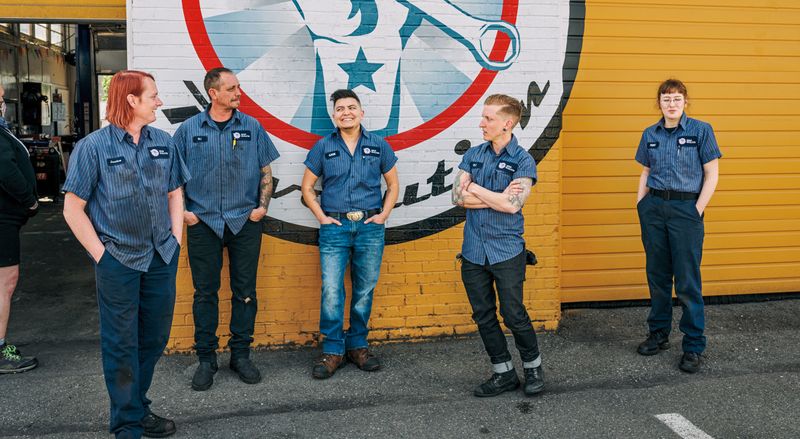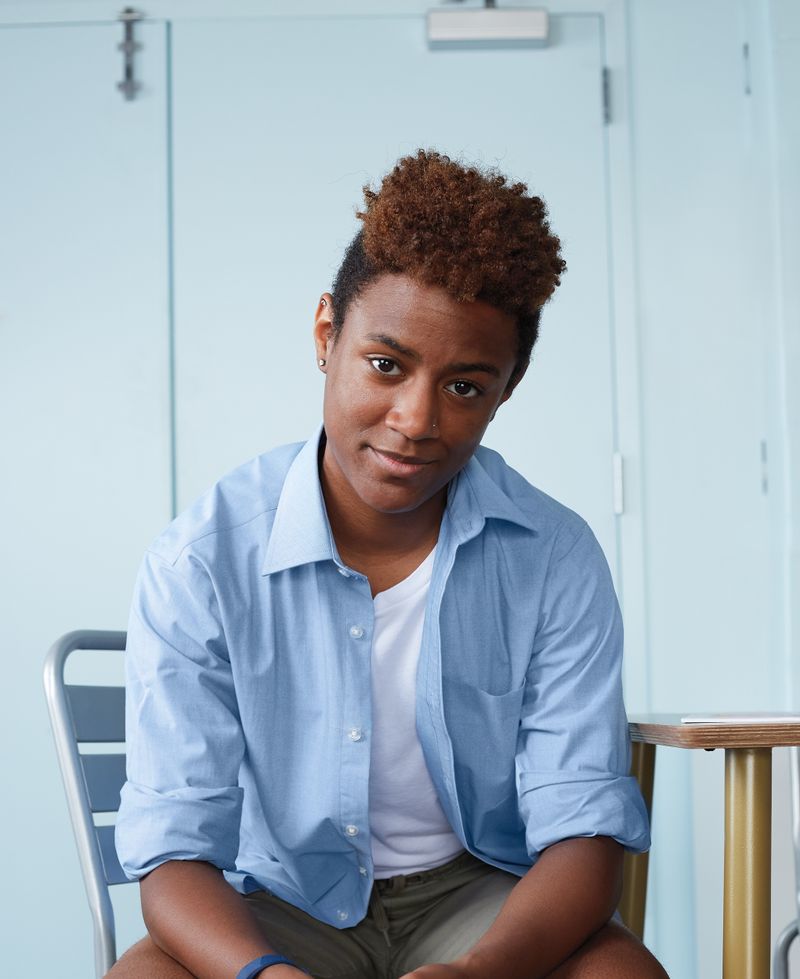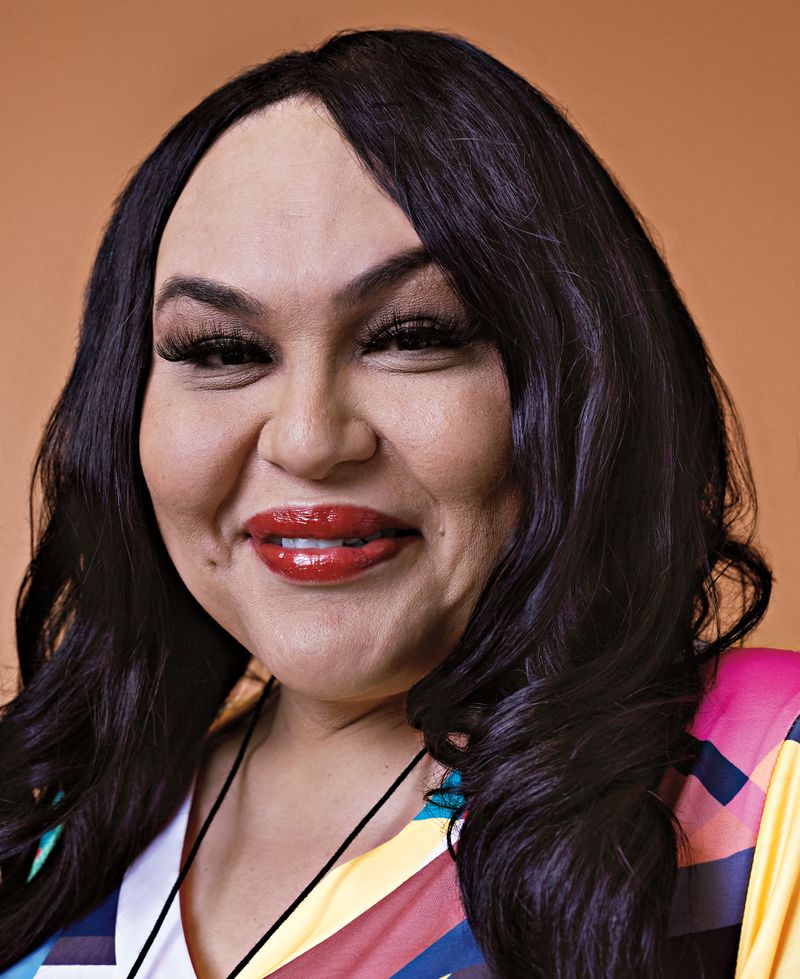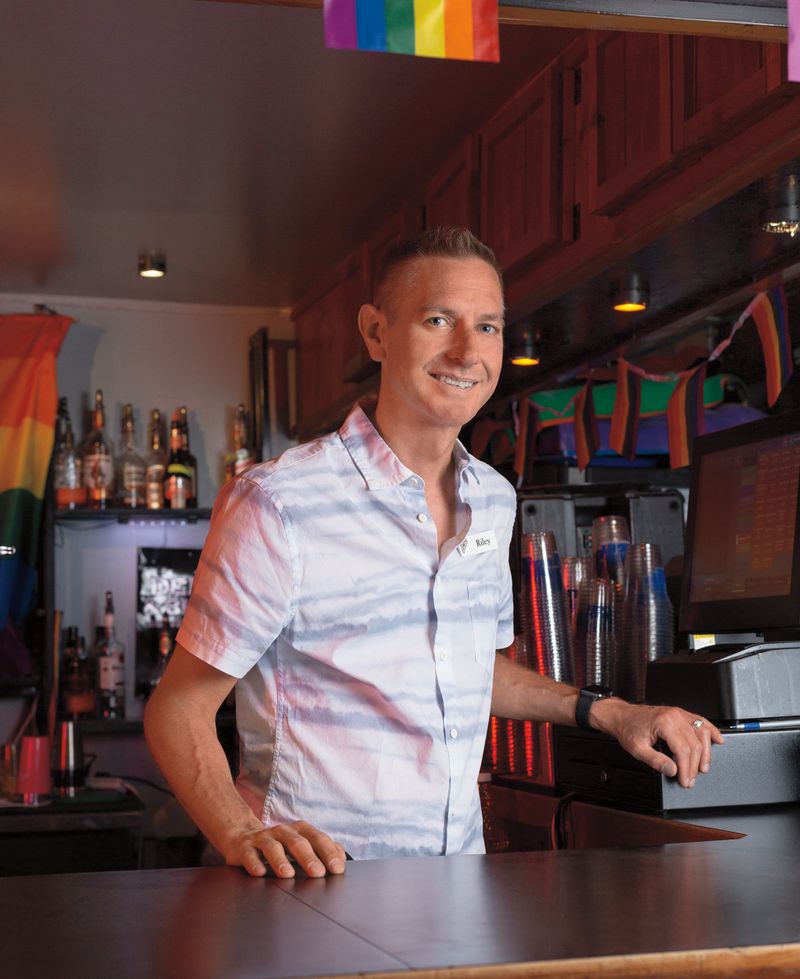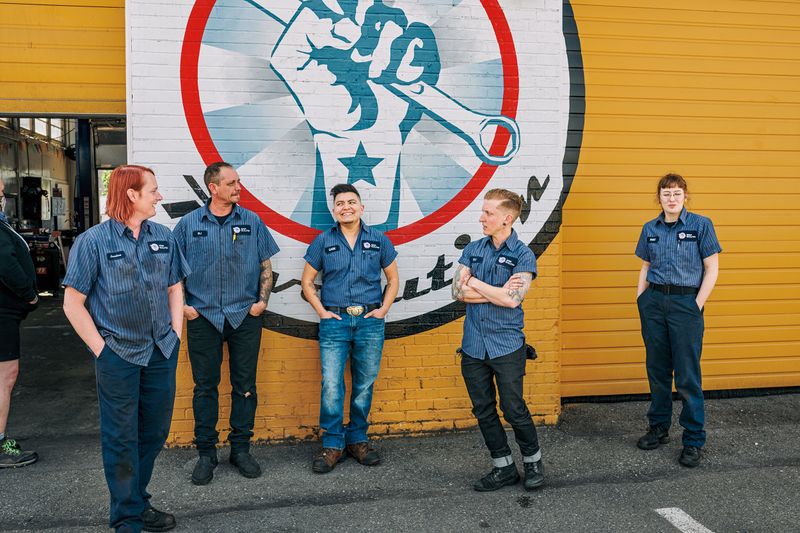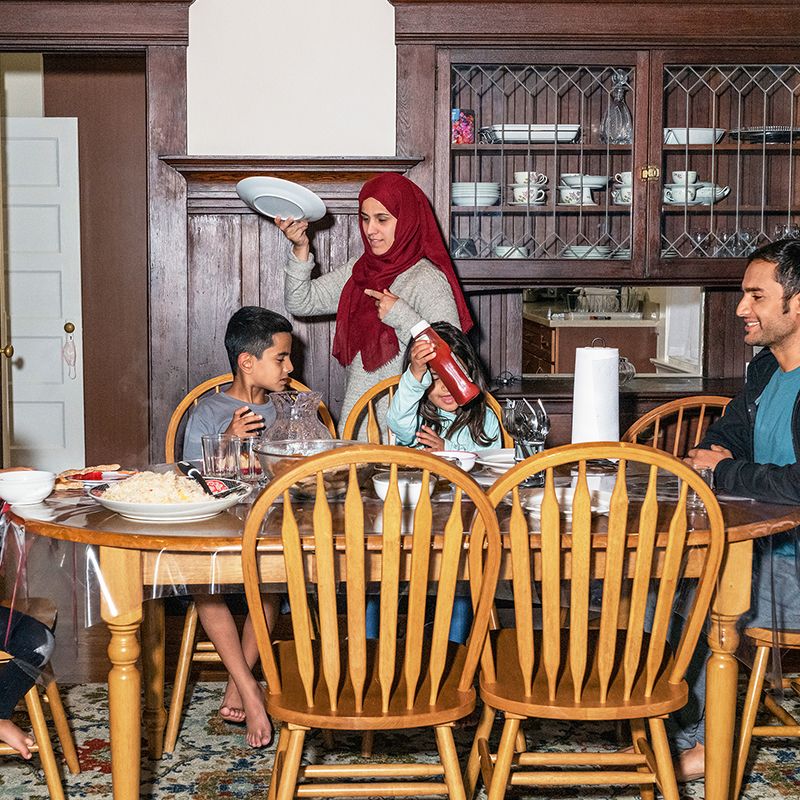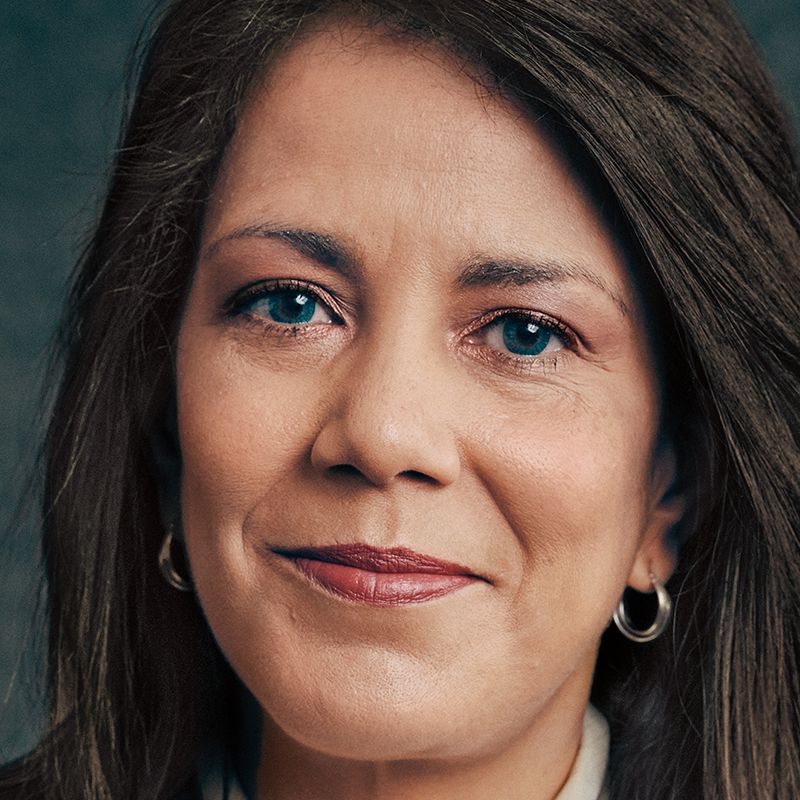If I had grown up in a city with a thriving queer scene, or known even one other trans person as a teenager, I might not have resigned myself to such a desolate adolescence. So, in my early twenties, I decided to make up for what I felt was lost time. I moved to New York and went to more LGBTQ+ events, bookstores, bars, film screenings, lectures, protests, picnics, fundraisers, mixers, poetry readings, beaches, performances, and parties than I can remember. I started to spend less time worrying about defining myself and instead devoted my energy to exploring all of the weird little universes before me—places and ways of life that other queer and trans people had made possible. New friends took me to their favorite spots around the city, and each one felt familiar, like a secret I’d long forgotten. Like home.
My once-amorphous desires began to take shape in these queer spaces and in my relationships and encounters with other queer and trans people. There wasn’t a singular, life-changing moment where everything clicked into place, but the act of seeking and building a life with people who fundamentally got me changed the way I thought about myself and my future. It was Katie, the blond host of queer karaoke, who made me feel more respected in a small, stale gay bar than I did anywhere else as a twenty-three-year-old. It was the radical, independent bookstore I frequented, where I brought everyone I’ve ever loved to read with me. It was Steve, my favorite nurse practitioner at the LGBTQ+ health center, who made me feel so loved that thinking about him makes me cry. It was the pharmacy pickup line at that same health center, where I always ran into someone I knew or someone I really wanted to know. It was Arabelle, who always found a corner for us to hide in when parties got too overwhelming. It was the bagel place across from a gay bar, where stopping for a sandwich made waiting for a 3 a.m. train a little bit more tolerable. I couldn’t have fully realized my own queerness and transness without the people who brought these spaces and experiences to life and welcomed me into them. In seeking myself, I found friendship, love, and community. In community, I found myself.
“New friends took me to their favorite spots around the city, and each one felt familiar, like a secret I’d long forgotten. Like home.”
I don’t think I’ll ever forget what it was like to be a lonely queer child. If I could visit my twelve-year-old self today, I wouldn’t let them wait for happiness for one more second. I’d carry them on my back and introduce them to all of my friends, who are just as curious and brilliant and queer and trans and weird and funny and full of love as they are. I’d show them that it’s possible to be the person they are and want to be—the one they sometimes feel confused by but recognize deep in their bones. I’d answer all of their questions with the honesty they deserve. And by the time I left, they’d know they’ll never have to feel alone again.
